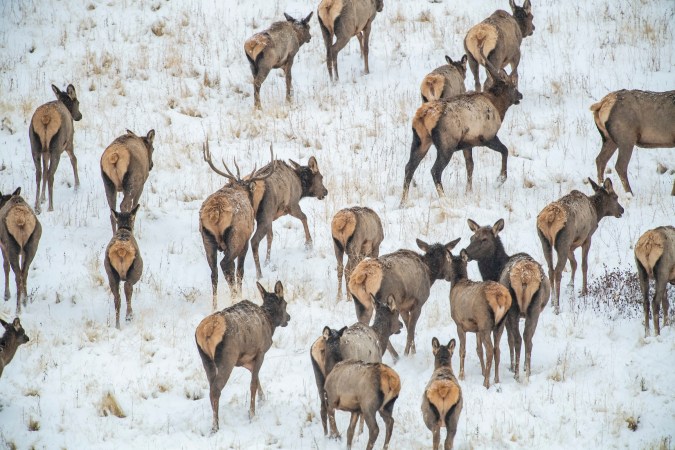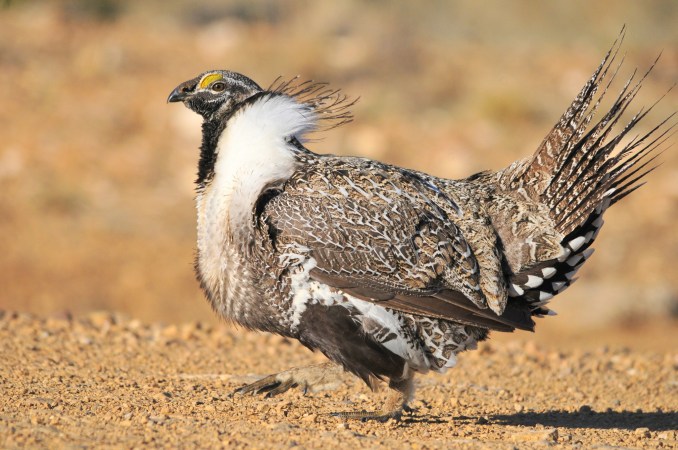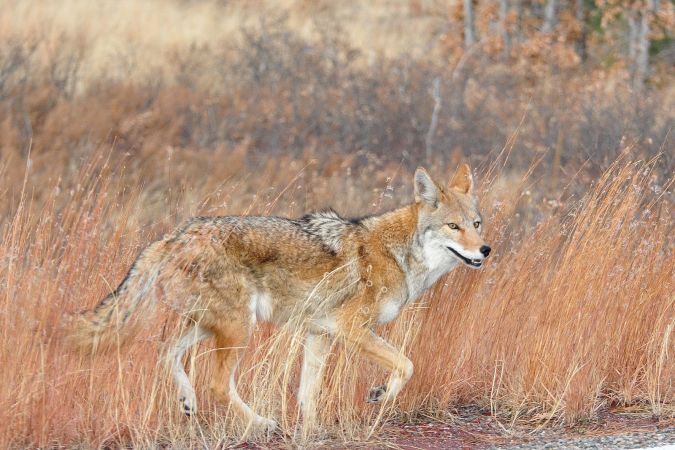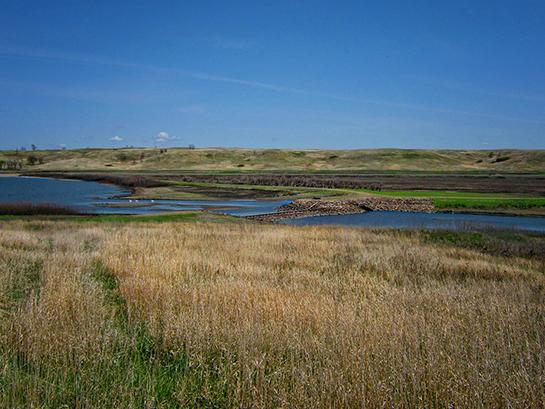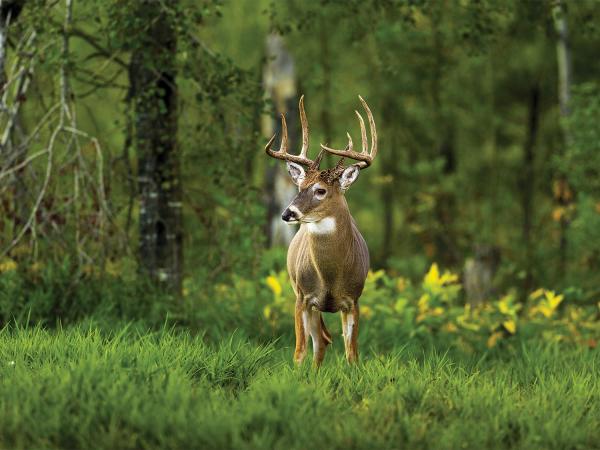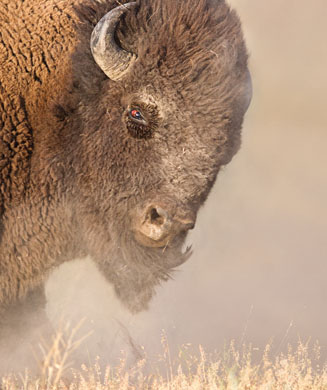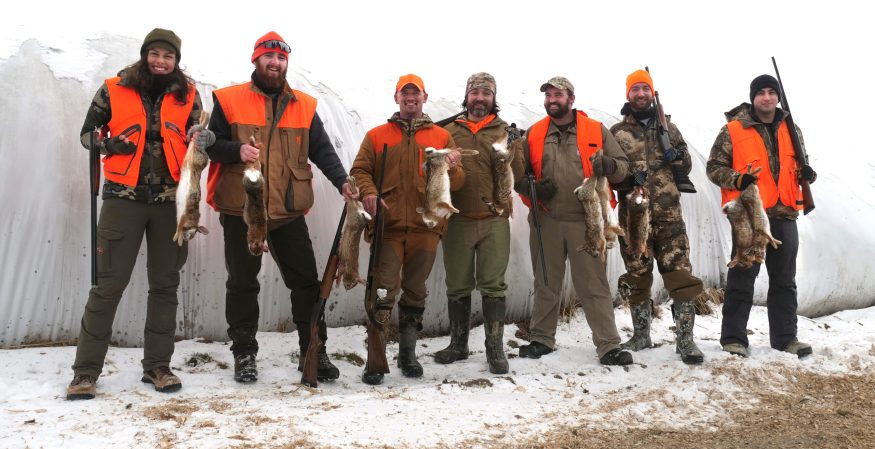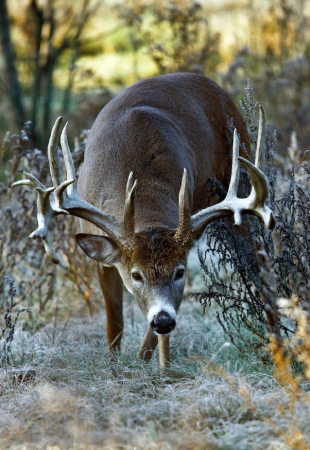Mostly lost in the shrieking hysteria of last summer’s Cecilgate were the quiet voices of moderation.
One of those voices belonged to Dr. Rosie Cooney. The Australian zoologist chairs the Sustainable Use and Livelihoods group of the International Union for Conservation of Nature, a world body that strives to balance wildlife and human needs around the globe. In August, as the First World raged over the killing of a named lion in Zimbabwe, Cooney tried to reason with the unreasonable: Yes, trophy hunting has its pimples, she pleaded, but without it there’d be way fewer lions on the savannas of Africa.
But pragmatism seldom goes viral. Cooney’s informed logic was drowned out by hysterics from both ends of the hunting-animal-welfare continuum. No one seemed to fully grasp what Cooney meant by “models of conservation.”
Most hunters have heard the term “North American Model of Wildlife Conservation.” However, its details aren’t commonly understood. Even many conservation leaders wield the term incorrectly, as if the model were a sacred document that governs and guarantees the future of hunting.
The model is no Bill of Rights. It’s simply a set of abstract principles that began to evolve more than a century ago, ultimately enabling the restoration of species once exploited to the verge of extinction. Whitetails, mule deer, elk, wood ducks, pronghorns, turkeys, and others would have been listed under the Endangered Species Act if such legislation had existed back then. Yet each went from vanishing to flourishing thanks to seven principles that worked like cogs in a machine—a machine powered mainly by the money and passion of hunters.
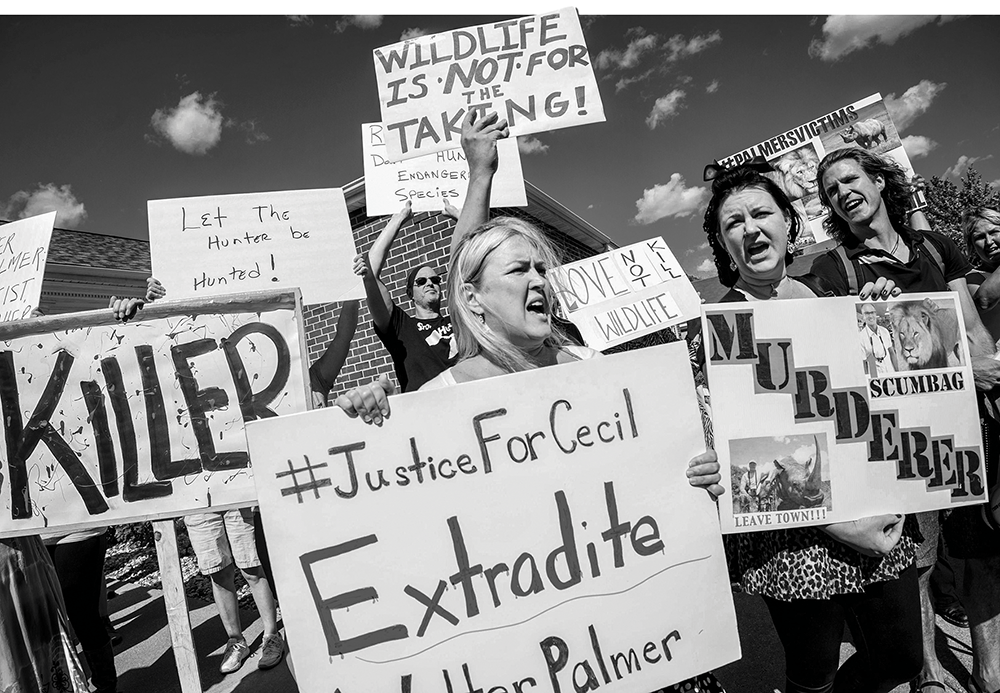
Essentially, hunters in the 20th century helped solve some of the biggest, grimmest wildlife issues of the day. We did it by following the precepts of the North American Model.
But even though we tend to dwell on those old successes, the golden era of game restoration is long over. Modern conservation requirements have changed, and if hunting is to remain relevant in the 21st century, then our machine must be retooled.
Indeed, but revise with caution, says Dr. Valerius Geist.
It was Geist—a fiery Russian-born, German- and Austrian-reared retired wildlife professor at the University of Calgary—who originally articulated the principles some decades ago.
“The model is a piece of history. It’s not my history—I’m European. But it is one of North America’s great cultural achievements, and you should be goddamn proud of it,” insists Geist, with a stern warning. “What you see in the model is what survived after decades of evolution. It still contains wisdom that transcends many issues of today, and if it’s abandoned completely, we’ll all lose a hell of a lot.”
Point taken: Don’t throw the heart of the elk out with the gut pile.
Certainly, updating the North American Model will require the best accumulated knowledge and clearest vision of our entire community. So let’s revisit the model, examining each of the seven principles for its original intent, but also its modern relevance. Are the principles still positioning hunters to help solve some of the biggest, grimmest wildlife issues of the day? Or to protect the scraps of wildlife habitat that remain intact? Or to balance our sporting traditions against ever more complex—and ever more volatile—social tolerances?
The answers to these questions will inform how we address the next Cecil. Or the next doe wandering through the suburbs with an arrow in its rump. Or the next deer disease cultured and spread by deer farmers. Because this much is certain: There will be a next public-relations crisis that threatens to turn voters against us, revoke our hunting privileges, and functionally end our ability to be a positive, sustaining force for the wildlife we love.
If we hunters can engineer, fuel, and then represent a more relevant new model of wildlife conservation, then maybe we’ll be better prepared to disarm the looming histrionics with a stronger voice of moderation.
PRINCIPLE 1
WILDLIFE BELONGS TO THE PEOPLE
This is the weight-bearing pillar of the North American Model, a concept tracing back to the pedicles of Western Civilization. The ancient Romans were big on assigning ownership of all things either to the gods, individuals, or the public. Later, English legal codes declared wildlife to be communally owned, with the king serving as trustee. American colonies worked under that idea I U.S. independence voided King George III’s oversight of fish and game in the new country.
Historic Significance
Wildlife as a public-owned resource first appeared in American law in 1842, when the U.S. Supreme Court ruled that one citizen could not exclude others from harvesting oysters on a particular mud flat on New Jersey’s shoreline. A public trust doctrine was born. Subsequent courts have upheld and refined the premise that fish and wildlife belong to all.
Reality Check
By law, an individual may own land but not the wildlife that resides there. In practice, that’s a bunch of hooey. A landowner can essentially privatize wildlife and nullify 174 years of legal precedent with a $2 no-trespassing sign. A high fence (we see you, Texas) doubles down on privatization, keeping people out and wildlife in. The public trust doctrine is more and more at loggerheads with private-property rights.
Retooling Orders
• 1A: First, concede that leases and commercial hunting operations are here to stay. It’s your wildlife, but private landowners control your access to it. Admission is going to dent your wallet. Get over it.
• 1B: Develop more programs to connect hunters with private land. Prototypes include the Open Fields provision of the Farm Bill, Kansas’ Walk-In Access, Montana’s Block Management, and Wyoming’s Private Lands Public Wildlife programs. Bonus point: What if hunters led an effort to provide private-land access for all outdoors enthusiasts?
• 1C: Enact provisions to permanently protect hunting and fishing on public lands.
• 1D: Stop looking the other way on feral hogs and exotics, which complicate management. The hunting industry evolving around them should gladly pay its part of the freight. If your state doesn’t require a hunting license for these animals, get that changed.
• 1E: Never relinquish public ownership of native wildlife. Hunters cannot allow heritage game species such as whitetails, elk, or bison to be reduced to livestock.
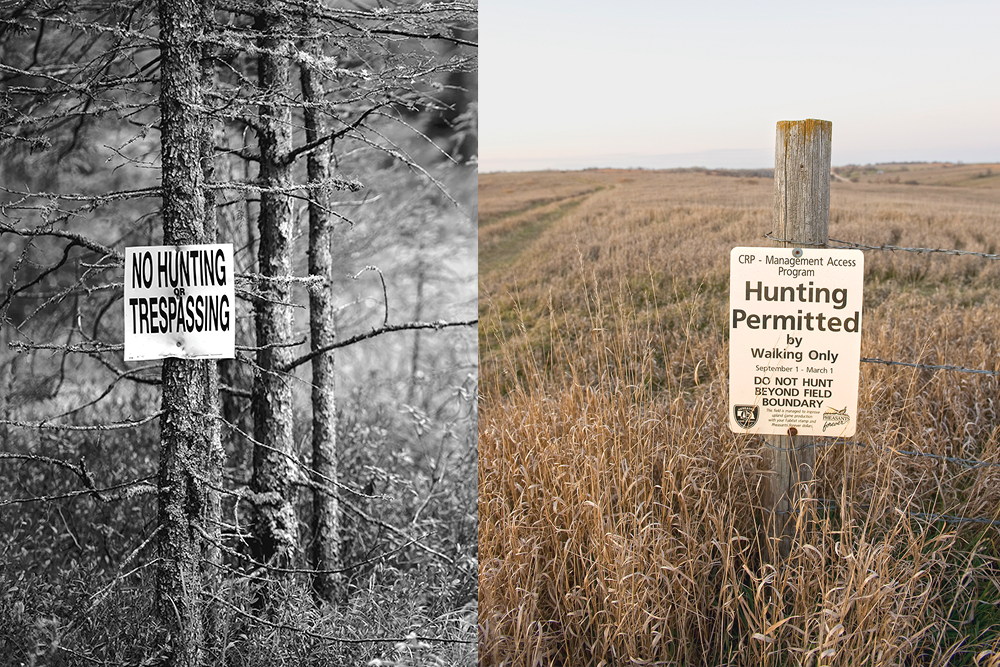
PRINCIPLE 2
HUNTING OPPORTUNITY FOR ALL
In some cultures, hunting is reserved for royalty. But every American citizen in good standing, regardless of economic or social status, has the freedom to hunt, fish, and trap. Hunting is a privilege enabled by the Second Amendment of the U.S. Constitution.
Historic Significance
From a conservation standpoint, opportunity is really about money. In the late 1800s, Theodore Roosevelt, hunting rifle in hand, led America into its first conservation movement. Widespread interest in hunting inspired widespread interest in stewardship. State wildlife agencies introduced hunting licenses. Then, incredibly, in 1937—in the throes of the Great Depression—the Pittman-Robertson Act levied a conservation tax on firearms. Together, these funding mechanisms have generated billions for wildlife.
Reality Check
Yawn, here we go again. Why is it, when we hunters boast about financing conservation, all our major victories were 75 years ago? Have we flatlined? Is our industry so distracted by the specter of declining hunter numbers that it simply gave up? Snap out of it! Across North America, there are some 20 million hunters—more than in the rest of the world combined—ready to pay more for what we cherish. Surely there’s another big win in here somewhere.
Retooling Orders
• 2A: Expand the Pittman-Robertson concept to cover more than just guns, ammo, bows, and arrows. Why not optics, knives, GPS units, boots, ATVs, decoys, tents, and packs? Conservation needs more funding, and hunters need to lead it. Let’s get on it.
• 2B: Consider a general sales tax appropriation for state wildlife agencies. Missouri and Arkansas are already there, and in those states, outdoor recreation (including hunting and fishing) is flourishing.
• 2C: Make the Land and Water Conservation Fund permanent and keep pilferers out of it.
• 2D: Reduce inefficiency and bureaucracy at state and federal conservation agencies.
• 2E: Cap the profits from private sales of landowner tags. Make landowner tags non-transferrable except through a buyback program administered by state wildlife agencies. And insist that landowner-tag seasons conform to standard state seasons. No more special extended seasons just for private-land hunters.
• 2F: Demand absolute transparency from the nonprofit organizations selling special tags on behalf of states.
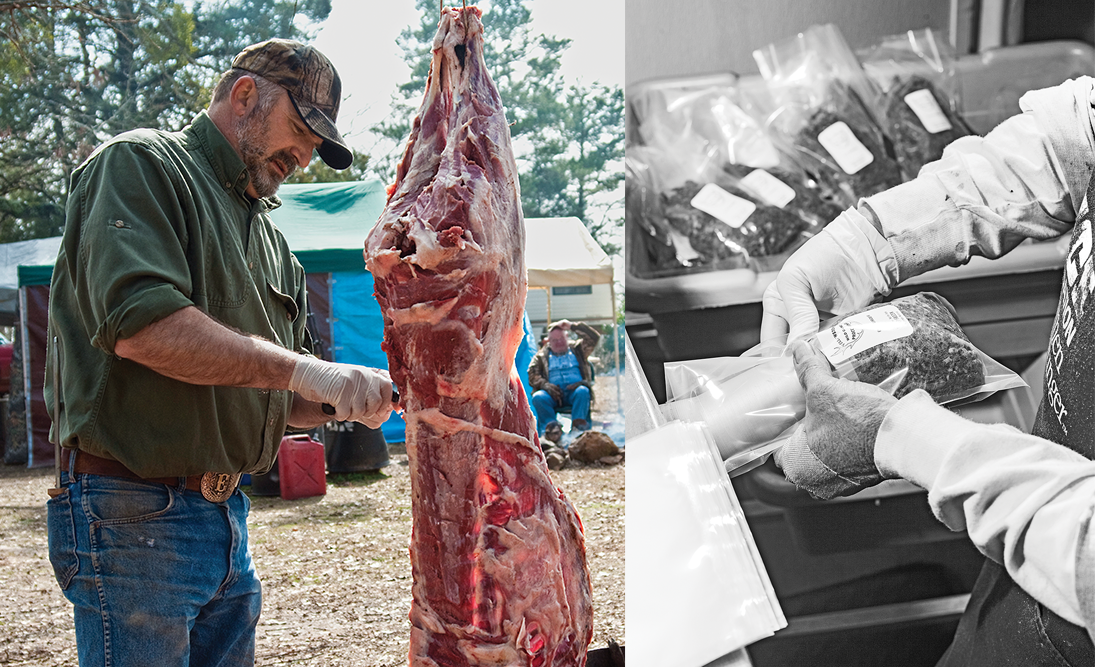
PRINCIPLE 3
SCIENTIFIC MANAGEMENT
Aldo Leopold, the father of modern wildlife management, began his eloquent crusade for a science-based system of conservation in the 1930s. His vision helped usher in a new era of trained biologists making decisions and crafting policies based on research and data, rather than conjecture or emotion.
Historic Significance
After decades of unregulated market hunting, many game species were hitting bottom by the late 19th century. But an emerging profession—wildlife biology—soon established enduring verities like carrying capacity and population surpluses, facilitating hunting opportunity alongside landscape restoration and game recovery. Over time, the astounding return of iconic species would become one of the most amazing conservation achievements in human history.
Reality Check
If science is the hallmark of the North American Model, then why do we allow politics, frivolous lawsuits, protestors, petitioners, and various ignoramuses to interfere at every turn?
Retooling Orders
• 3A: Reform the Equal Access to Justice Act. Anti-hunting, animal welfare, and environmental extremist groups have hijacked this once worthy law. It was intended as a checks-and-balance measure in which “little guy” citizens could be reimbursed for legal fees associated with successfully challenging big-government policies. Today, activists sue wildlife and natural-resource agencies over trivial complaints, hamstringing scientific management and collecting cash awards—at taxpayers’ expense.
• 3B: Recognize that wildlife management today is less about managing critters and more about managing people. The social sciences are now as important to conservation as biological and earth sciences.
• 3C: Prioritize. Do we really need another study on whitetail forage preferences when, say, a study on declining public support for predator hunting could inform our proactive education efforts?
• 3D: Return to active management of national forests. These lands are in torpor, largely because of legal challenges against virtually every activity known to improve habitat for wildlife. Forests overgrow. Food gets scarce. Elk and deer move to private land. Public-hunting opportunity suffers.
• 3E: Revisit deer management strategies. Biologists can manage for either quality bucks or maximum hunting opportunity. What’s best for conservation in the long term?
• 3F: Join sporting organizations that actively promote good science in state capitals and in Washington, D.C.
PRINCIPLE 4
ONLY LEGITIMATE USE
America’s bounty of wildlife once seemed endless. Blasting buffalo from the caboose of passing trains was a traveler’s amusement, like an early version of the license-plate game. As acceptance of gross exploitation waned, a Roosevelt contemporary, George Bird Grinnell, coined the term “wise use” to describe the budding ideology of waste not, want not.
Historic Significance
Wise use meant killing animals only for food, fur, self-defense, or property protection. No gratuitous blasting. Laws began to define the overarching whys and hows of hunting. And that gave rise to the underlying concept of hunting ethics—unwritten codes such as personal definitions of fair chase—that had been totally absent in market and subsistence hunting. It all boiled down to what we now know as regulated, sustainable hunting.
Reality Check
Hunters—and voters—will struggle always and forever to define proper behavior in the field. That’s healthy. After all, we’re talking about the welfare of a public resource. We may never have consensus on what’s appropriate sportsmanship, but you can decide what is morally legitimate behavior for you and your partners. Then be ready to defend it.
Retooling Orders
• 4A: If our new model doesn’t help citizens see through incendiary slurs like “trophy hunting” and “sport hunting,” or distinguish between “hunting” and “poaching,” then shame on us. Everyone who hunts or fishes must be ready to articulate the social values of our actions. And to call out those in our communities who grossly violate the most expansive definitions of appropriate behavior. We need to police ourselves, ensuring that representations of hunting are respectful.
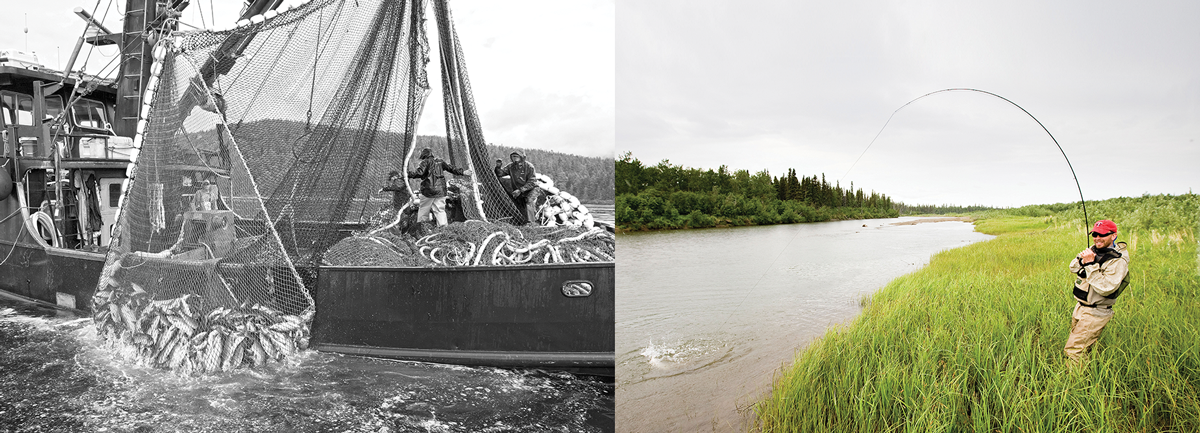
PRINCIPLE 5
PROHIBITION ON COMMERCE OF DEAD WILDLIFE
The idea here is that if commercial value is removed from wildlife, it won’t be exploited for profit.
Historic Significance
Unregulated hunting for commercial markets contributed to the extinction of the passenger pigeon and the near extinction of many other species. In 1900, Sen. John F. Lacey ramrodded the Lacey Act through Congress, which banned trafficking of wild game meat, ending the slaughter and allowing wildlife a chance to recover.
Reality Check
Time has chewed away at the intent of the Lacey Act. Inconsistencies are countless. Today, farm-raised venison is commonly available at restaurants and supermarkets. Antlers, horns, skulls, hides, and taxidermy can be legally purchased. Even live animals—native big game, small game, upland birds, waterfowl—are bought and sold. Don’t forget about the market for deer pee. And what about commercial trade in wild fish…
Retooling Orders
• 5A: Phase out farm-raised wildlife. Commercial outfits will say it’s an illegitimate seizure of private property. The counterargument is that the public’s wildlife is endangered by diseases incubated inside those fences.
• 5B: Consider limited application of commercial wild-game harvest as a conservation benefit. Could snow goose overpopulations be managed if wild goose pâté was sold next to gourmet cheeses? Could we control invasive hogs if hunters were able to sell wild bacon at the farmer’s market? And could we pay for expensive removal of suburban deer if hunters or municipalities could sell venison?
PRINCIPLE 6
DEMOCRATIC RULE OF LAW
Democratic processes and public hearings are intended to keep the people’s wildlife managed for the common good. Everyone has the opportunity to influence conservation.
Historic Significance
Hunters and non-hunters alike pushed for landmark laws like the 1940 Bald and Golden Eagle Protection Act, the Wilderness Act, and the Endangered Species Act.
Reality Check
Ever hear of a ballot initiative? Well, it’s basically a work-around for zealots who can’t advance their agendas via the usual lawmaking channels. Petitioning to get their issue on a ballot, combined with sensational messaging and deep advertising budgets to sway soccer moms and suburban dads, is how more and more wildlife management and conservation decisions are made today.
Retooling Orders
• 6A: Maybe it’s time to scrap this one completely. Criticizing democracy is risky business, but this principle is broken. Initiatives that require a super-majority to pass wildlife-management ballot measures are a good start, but they’re not enough.
PRINCIPLE 7
INTERNATIONAL RESOURCES
Waterfowl migrate across boundaries between states, provinces, and countries, making these birds a joint-custody issue. The U.S., Canada, Mexico, Russia, and Japan coordinate conservation and management strategies.
Historic Significance
The Migratory Bird Treaty Act of 1918 made it illegal to kill ducks and geese except as allowed by regulated hunting. The North American Waterfowl Management Plan, drafted between the U.S. and Canada, expanded to include Mexico in 1994. These protections, along with favorable weather, led to record fall flight forecasts in 2015.
Reality Check
Remember when the U.S. Fish and Wildlife Service prioritized waterfowl? Neither do I. Now the agency’s resources are diluted into innumerable urgencies, from endangered species to pollinators. Ducks? Meh.
Retooling Orders
• 7A: Get nimble. Whether you call it persistent drought or global warming, there’s a troubling new trend that’s degrading waterfowl wintering habitat. Yet the default setting for most of our conservation priorities is conservation of breeding habitat. Waterfowl need landowner habitat incentives on both ends of the flyways.
• 7B: Support nonprofit conservation groups. Their leadership and influence may be more important than ever in the coming years.
Photographs (from top) by: Bill Kinney (deer); Alamy: Adam Bettcher/Getty Images (protest); Alamy, Joel Sartore / National Geographic Creative (signs); Cole W. Eberle, Windigo Images: Benjamin Rasmussen (meat); Alamy (fishing).

